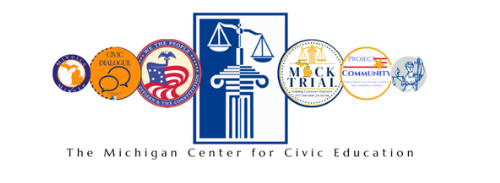Students learn about the Bill of Rights and the Importance of Rights
Civics Lessons
A Visitor from Outer Space
The First Amendment
This activity creates an awareness of the five rights contained in the First Amendment to the U. S. Constitution. Students will learn about a poll of Americans and their knowledge of the First Amendment. The activity will allow students the opportunity to dissect the First Amendment and determine their opinions on which rights they value most and least.
The Public Sphere
Public sphere, public agenda, public opinion, public policy… What’s the difference? Students discover the relationships among these concepts and how they influence the issues we all discuss and care about.
Becoming an Informed Voter: Preparing for the General Election
This lesson focuses on a voter’s need to be fully informed prior to casting a vote on Election Day and how to acquire the necessary information. Students learn what a yes or no vote or a decision to abstain means on a ballot. Students learn the definitions of amendment,initiative, and referendum. Students are given the opportunity to think critically and to learn firsthand why voters need to be fully informed about ballot questions.
What Basic Ideas About Government Are included in the Preamble to the Constitution?
This lesson explores some ideas in the Preamble to the Constitution. Students learn that the power to govern belongs to the people who have created the government to protect their rights and promote their welfare.
What is the Judicial Branch?
This lesson exposes students to the judicial branch and the power of judicial review. They read about an actual Supreme Court case, Torcaso v. Watkins, to see how the judicial branch used its power of judicial review to strike down an unconstitutional state law.
What Makes A Good Judge?
This lesson focuses on the costs and benefits of various judicial selection methods. Students will list characteristics they think essential or valuable to being a good judge, and then see which system of judicial selection – appointment, merit, or election – obtains the highest quality judges. In discussing each method, students will understand the tradeoffs between accountability and independence in judicial selection.
This lesson was developed to be used on Law Day, but does not need to be limited to Law Day.

